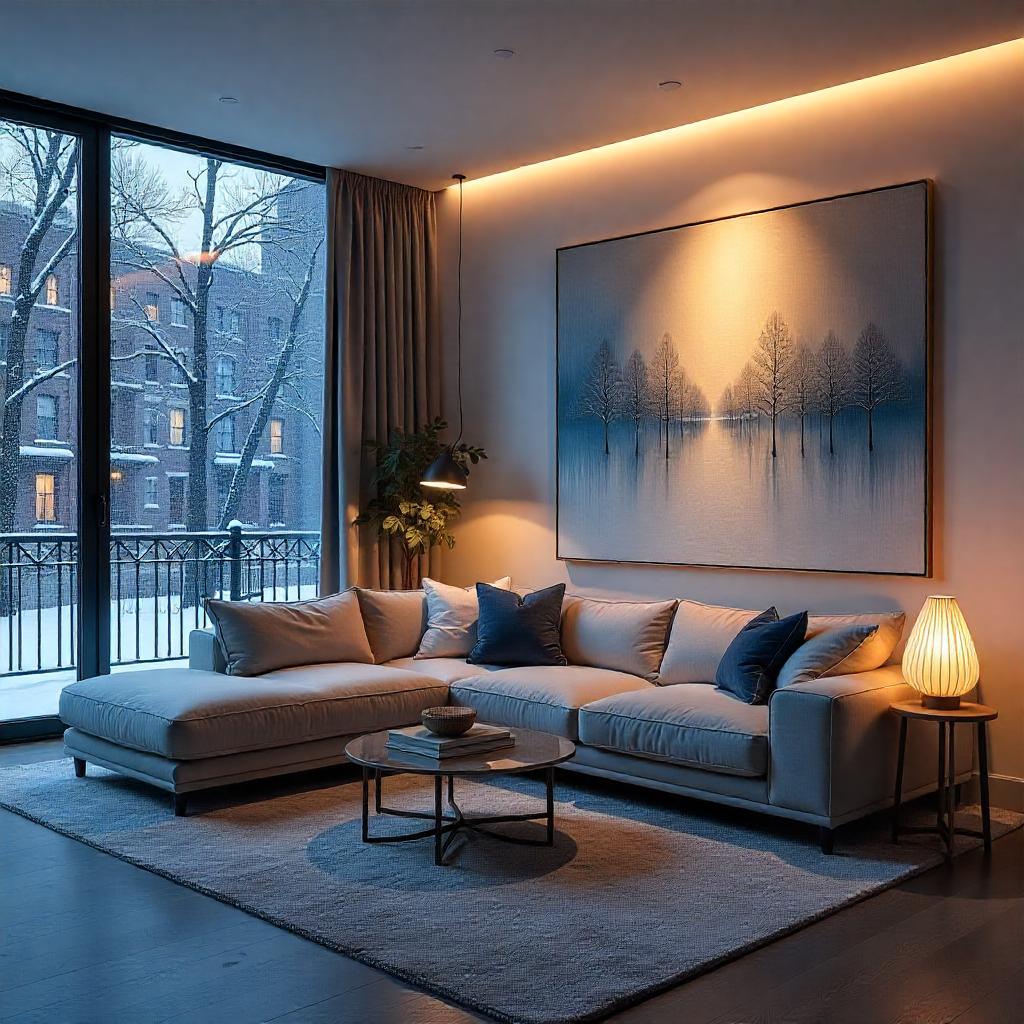How to Decorate a Home
How to Decorate a Home:
A Practical and Creative Guide
A home is more than just four walls and a roof—it is a reflection of who we are. Home decoration transforms a living space into a personal sanctuary, a place that radiates comfort, beauty, and identity. Whether you’re moving into a new house, renovating an old one, or simply refreshing your current space, decorating your home can be a fulfilling and creative process.
But where do you begin? How do you balance style and functionality? And how can you make your home look beautiful without spending a fortune? This article offers a comprehensive guide on how to decorate a home, from planning and budgeting to choosing colors, furniture, accessories, and personal touches.
1. Start with a Plan
Before diving into color swatches and furniture catalogs, take a step back and create a basic plan.
Assess Your Needs:
- Who will be using the space? (Children, guests, elderly)
- What is the function of each room? (Work, rest, play, dine)
- What is your budget?
Take Measurements:
Measure each room, including doors, windows, and existing furniture. This prevents buying oversized items and helps you use the space wisely.
Define Your Style:
Are you drawn to modern minimalism, rustic charm, classic elegance, bohemian flair, or a mix? You can find inspiration from:
- Home decor magazines
- Pinterest and Instagram
- YouTube home tours
Once you have a vision, everything becomes easier to coordinate.

2. Choose a Color Scheme
Color has a powerful effect on how a room feels. It sets the mood and ties the decor together.
Popular Home Color Themes:
- Neutrals (white, beige, grey): Calm, timeless, versatile.
- Cool tones (blue, green): Soothing, spacious, relaxing.
- Warm tones (red, orange, yellow): Cozy, energizing, vibrant.
- Monochromatic (one color in different shades): Elegant and modern.
- Contrasting (light and dark combo): Bold and dramatic.
Use the 60-30-10 rule:
- 60% dominant color (walls)
- 30% secondary color (upholstery, rugs)
- 10% accent color (pillows, accessories)
Paint is one of the most affordable ways to completely change a room’s look. Consider trying a feature wall or two-tone designs.
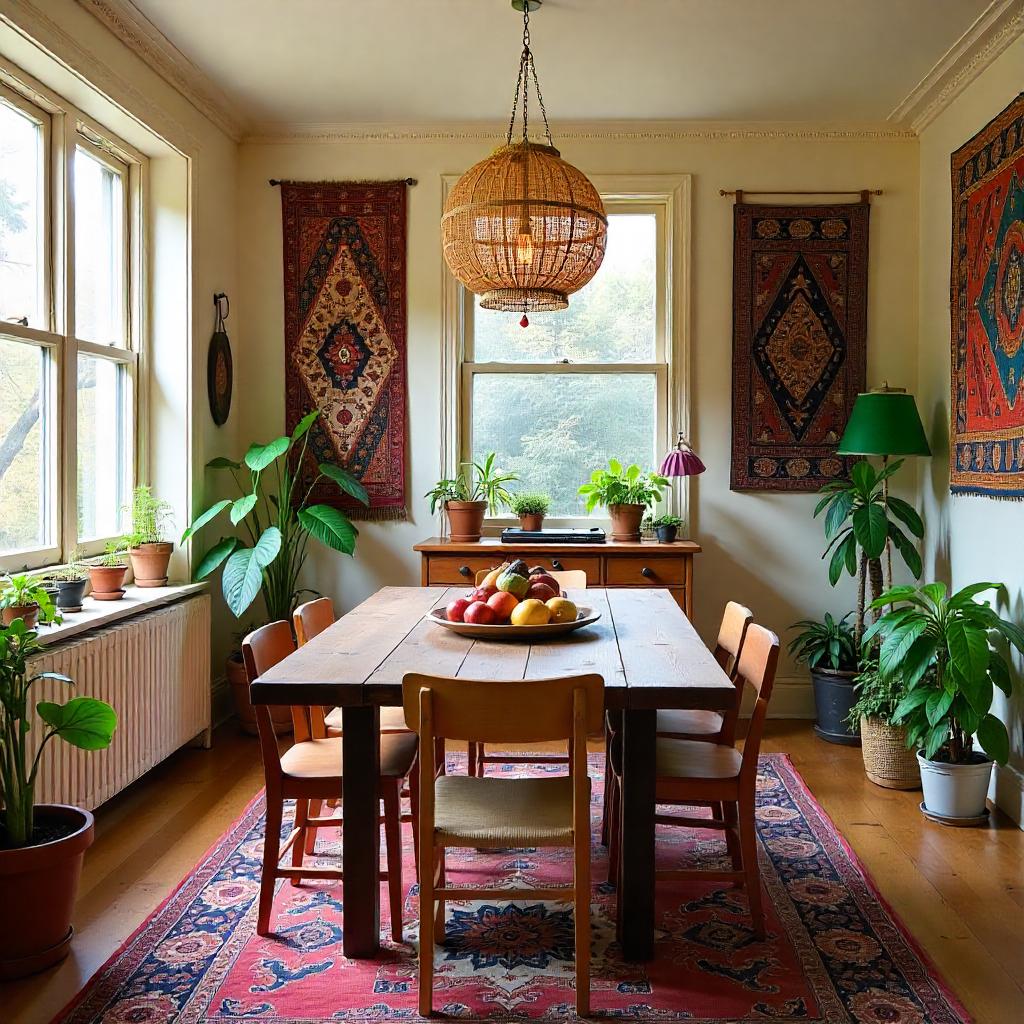
3. Focus on Furniture Layout and Function
Furniture defines how a room is used and how comfortable it feels. A well-designed layout improves both functionality and aesthetics.
Tips for Arranging Furniture:
- Keep walkways clear (at least 2–3 feet of space).
- Place large furniture (sofa, bed) against the longest wall.
- Use multi-purpose furniture in small spaces (storage ottomans, foldable tables).
- Avoid overcrowding; less is often more.
- Use rugs to define areas within larger rooms.
In small homes or apartments, consider furniture with built-in storage or modular designs to save space.

4. Add Lighting for Mood and Function
Lighting plays a crucial role in home decoration. It affects the atmosphere, visibility, and even how colors appear.
Layered Lighting Strategy:
- Ambient lighting (general): Ceiling lights, wall-mounted fixtures.
- Task lighting: Reading lamps, kitchen counter lights.
- Accent lighting: Spotlights, LED strips, decorative lamps.
Try using warm white lights for cozy spaces like bedrooms and cool white for kitchens or offices. Table lamps and fairy lights can add a magical glow to any room.

5. Dress the Walls Creatively
Blank walls are missed opportunities. You can transform them into artistic focal points.
Wall Decor Ideas for Decorate A Home:
- Framed art or family photos
- Wall-mounted shelves with books or decor items
- Wall clocks or mirrors
- Tapestries or murals
- Removable wallpaper or wall decals
Mirrors, in particular, reflect light and make small rooms feel larger and brighter.
6. Use Textiles to Add Warmth and Style
Soft furnishings like curtains, cushions, rugs, and throws add texture, color, and personality to a room.
Quick Textile Tips:
- Match or contrast with your color scheme.
- Layer different textures: linen, cotton, velvet, jute, etc.
- Change cushion covers seasonally for variety.
- Use area rugs to soften floors and define spaces.
For a cohesive look, coordinate your curtain colors with other decor elements like rugs or wall art.
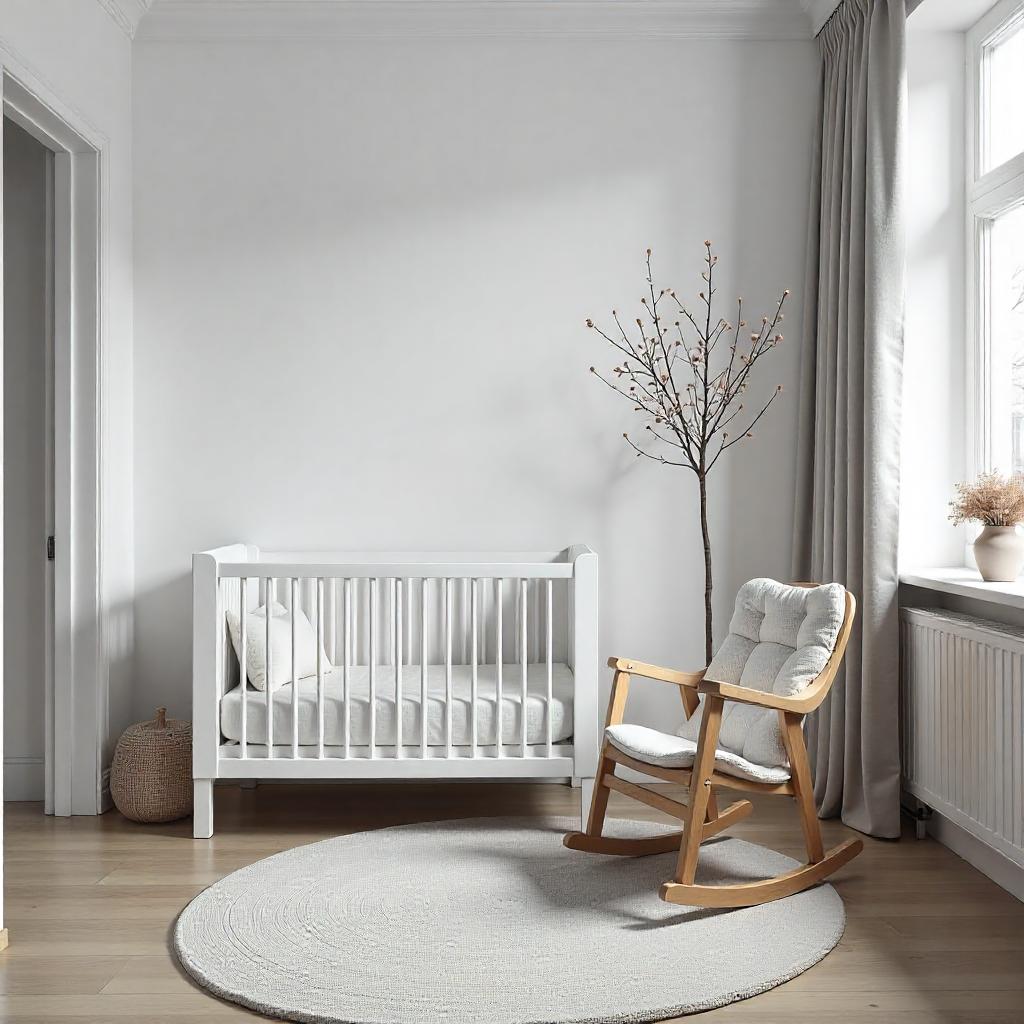
7. Accessorize with Personality
Accessories are the finishing touches that decorate a house feel like your home.
Decorative Elements to Consider:
- Indoor plants or flowers
- Candles or incense holders
- Books and magazines
- Ceramics, vases, or figurines
- Handcrafted or cultural items
Avoid over-cluttering. Choose pieces that mean something to you or reflect your taste and travels.
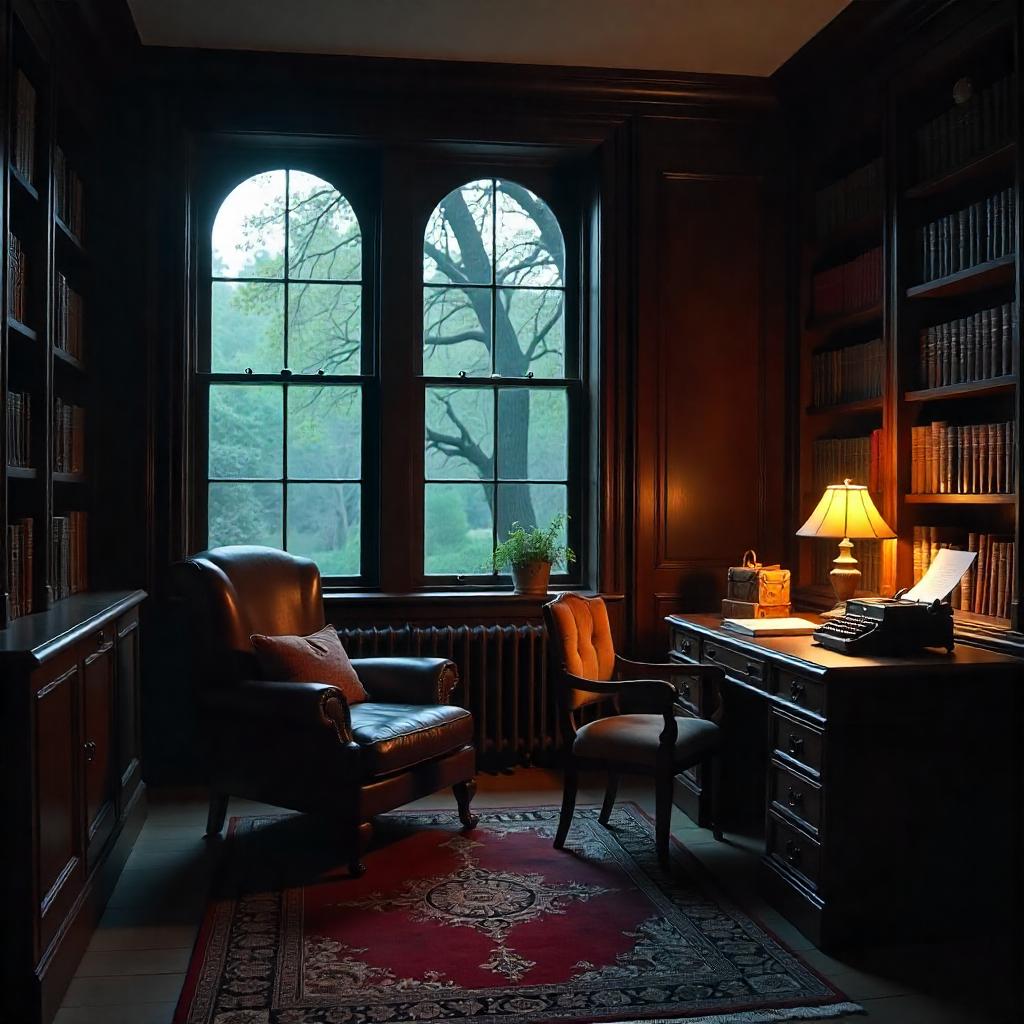
8. Incorporate Nature Indoors
Bringing the outdoors in adds life, freshness, and calmness to your home.
Ideas to Green Your Space:
- Indoor potted plants: snake plant, pothos, aloe vera
- Fresh flowers in vases
- Hanging planters or vertical gardens
- Terrariums or succulents on shelves
Even artificial plants can work if you lack natural light or time for maintenance.
9. Personalize Your Space
Ultimately, your home should tell your story. Include items that represent your journey, passions, and heritage.
Personalization Ideas:
- DIY art or handmade crafts
- Family heirlooms or vintage items
- A memory wall with travel photos
- A “happy corner” with your favorite things
- Custom name signs, initials, or quote boards
This emotional connection makes your space unique and comforting.
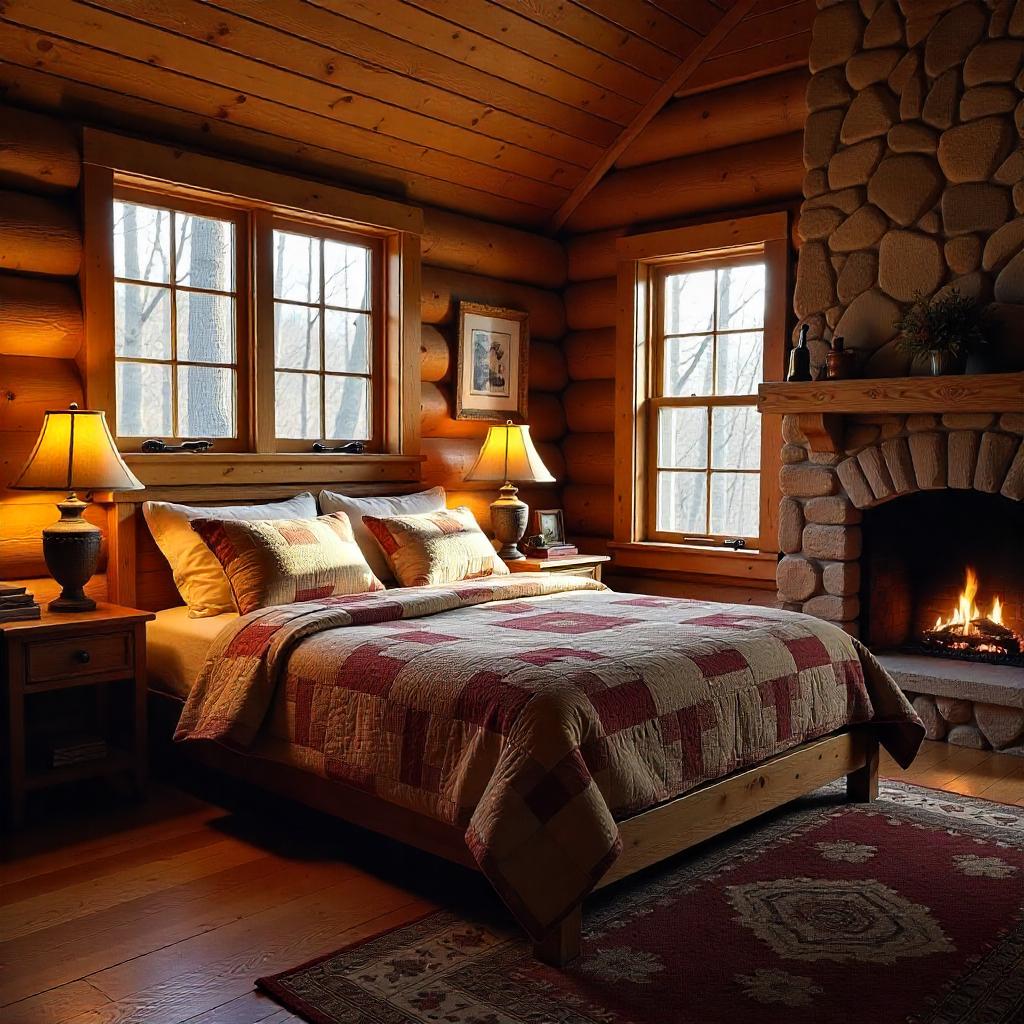
10. Room-by-Room Decoration Tips
Here’s a quick overview of decorating different parts of the home:
Living Room:
- Comfortable seating with layered lighting.
- A coffee table with a tray for decor items.
- Wall art, rug, and plants for ambiance.
Bedroom:
- Invest in good bedding and soft lighting.
- Add bedside tables and reading lamps.
- Use calming colors and blackout curtains.
Kitchen:
- Keep counters clean and clutter-free.
- Use open shelves for jars, plants, or dishes.
- Hang wall hooks for utensils or cups.
Bathroom:
- Add soft towels, a bathmat, and a small plant.
- Use baskets or racks for storage.
- Mirror with LED lighting for a modern touch.
Entryway:
- Add a bench, coat rack, or shoe storage.
- A mirror to make it feel bigger.
- A small rug and artwork for welcome vibes.
11. Stay Organized and Decluttered
Decorate a home is not just about decoration—it’s about order and cleanliness.
Decluttering Tips:
- Follow the “one in, one out” rule for new purchases.
- Donate or recycle unused items regularly.
- Use storage baskets, organizers, and shelves.
Decluttering creates space and makes your decor shine.
12. Decorate A Home Within Budget
You don’t need a massive budget to decorate a home.
Budget-Friendly Ideas:
- Shop second-hand or at flea markets.
- Upcycle old furniture with paint or new upholstery.
- Use DIY projects to add character.
- Rearrange existing items for a fresh look.
- Wait for seasonal sales and discounts.
The key is creativity, not cost. Some of the most charming homes are made with simple, heartfelt touches.
Conclusion: Make Your Home a Reflection of You
Decorate a home is a journey of creativity, expression, and love. It doesn’t have to be expensive or overwhelming. Whether you prefer simplicity or luxury, traditional or modern, the best home is one that feels right to you.
By planning thoughtfully, choosing meaningful pieces, and paying attention to comfort and functionality, you can decorate a home that welcomes, inspires, and supports you every day.
So pick up that paintbrush, rearrange that shelf, or hang that picture you’ve been saving. Your dream home starts with the next small change—and a big imagination.

